Before the blue paint was produced from semi-precious mineral lapis lazuli, it was expensive and very valuable, but then the accident changed history.
(7 photos)
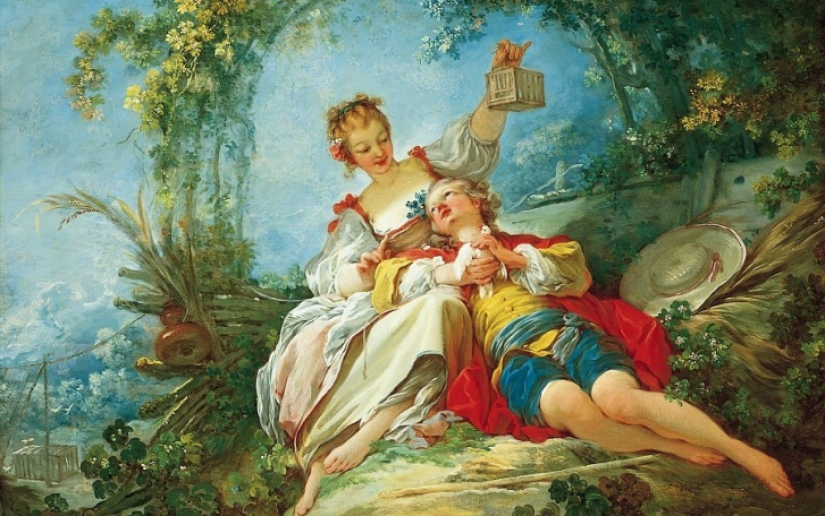 Source: Gjournal
Source: Gjournal
Wonderful, magical, Royal blue, ultramarine — in the Renaissance it was the name for the most precious pigment lapis lazuli, obtained from the semi-precious mineral.
Mining and processing of mineral from the VI century was carried out almost exclusively in Afghanistan. Imported to European markets through Venice, he was worth in gold five times its weight. Lapis lazuli was used sparingly and often reserved for wealthy patrons, and buy it could only thriving artists.
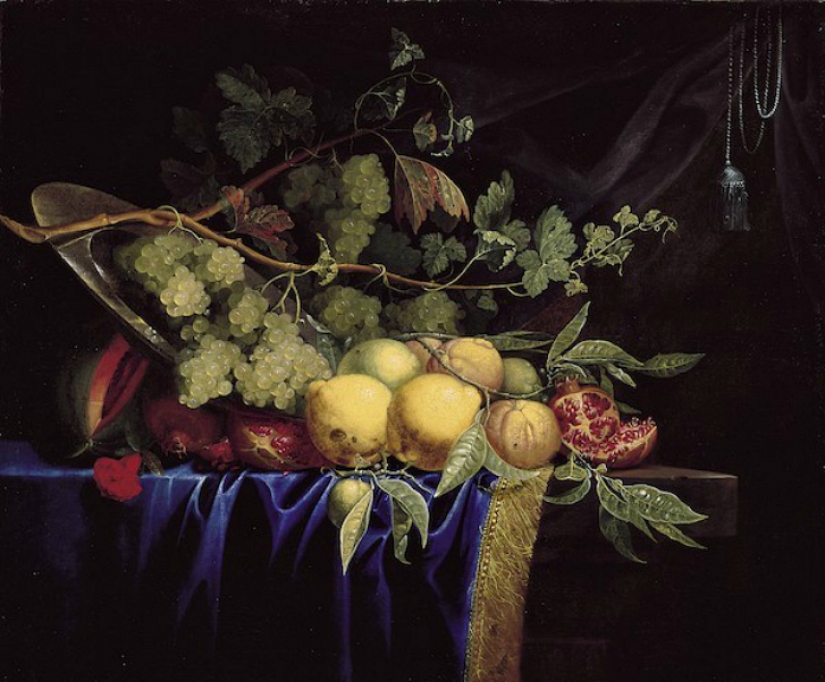
For example, look at this luxurious still life, written in the middle of XVII century French Field Legua: in the foreground the Royal blue drape. Legua reached a stunning effect! A thin layer of ultramarine lay on a layer of white lead. When light comes in a subtle blue glaze, white reflects it back, increasing the deep blue tone.
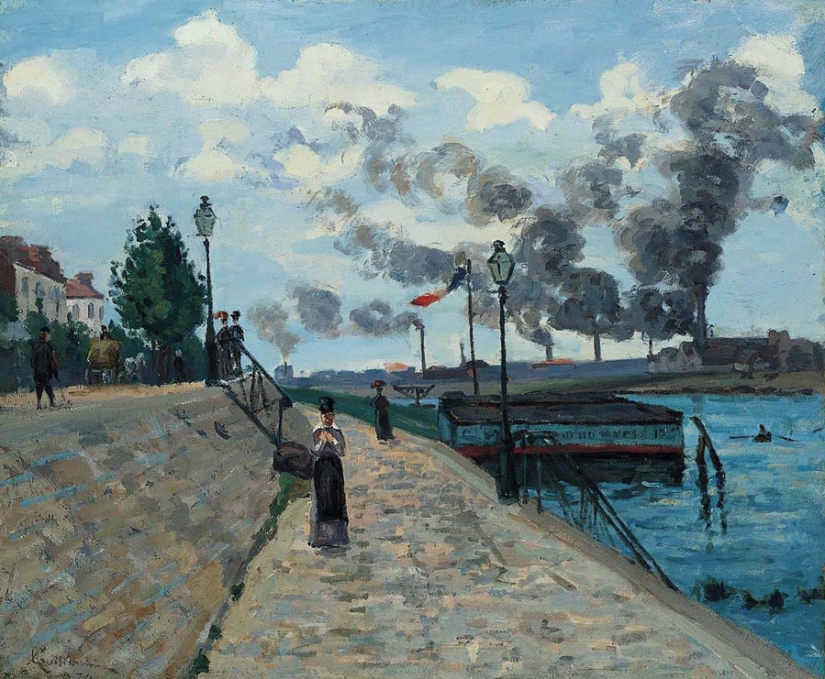
"The Seine at Charenton", 1874, Jean-Baptiste Hyomin
We often take for granted the dazzling spectrum of colors in the old paintings. Early Renaissance precious full of deep colors.
The Mannerist artists such as Bronzino, used shocking combinations of colors that lies outside the naturalistic perception. Ambitious artists of the Baroque such as Caravaggio, emphasized the bright shades of dramatic dark shadows. They maximize their visual impact, despite the limited range of natural colors. And always the color blue was particularly valuable.
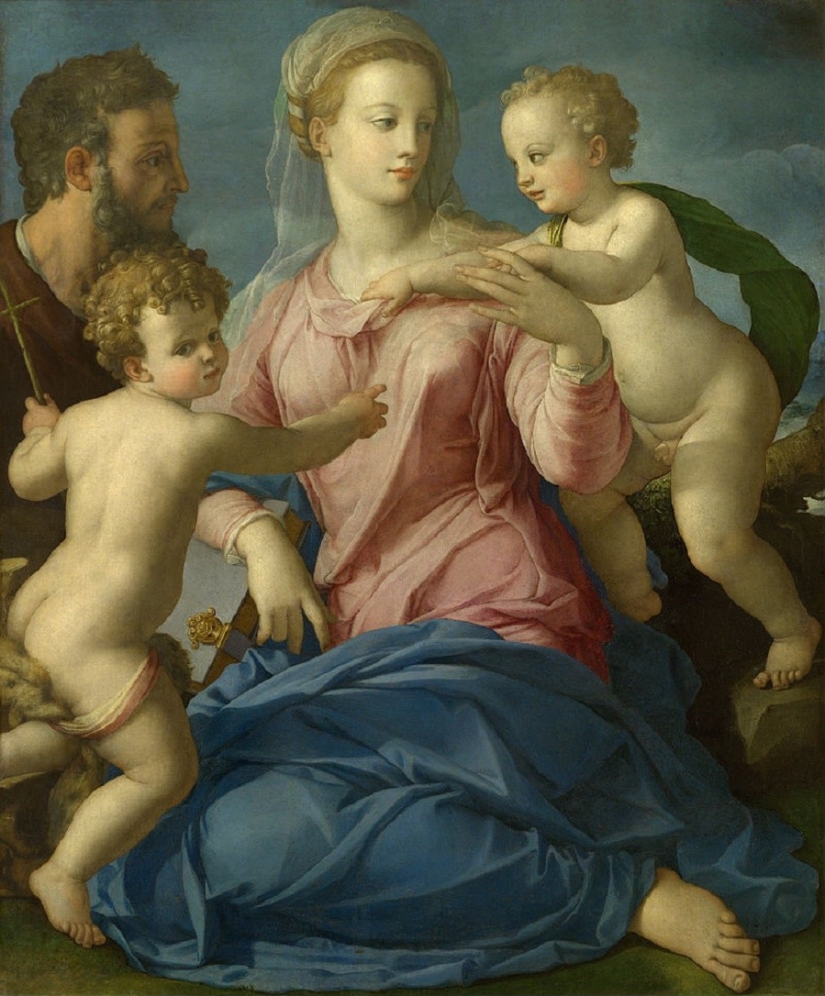
"The Holy family with John the Baptist", 1540, Agnolo Bronzino
But at one historical moment, everything changed: at the end of the Baroque era, in the mid-nineteenth century, there was a paint — Prussian blue, Prussian blue.
It was an accident, the result of a failed production.
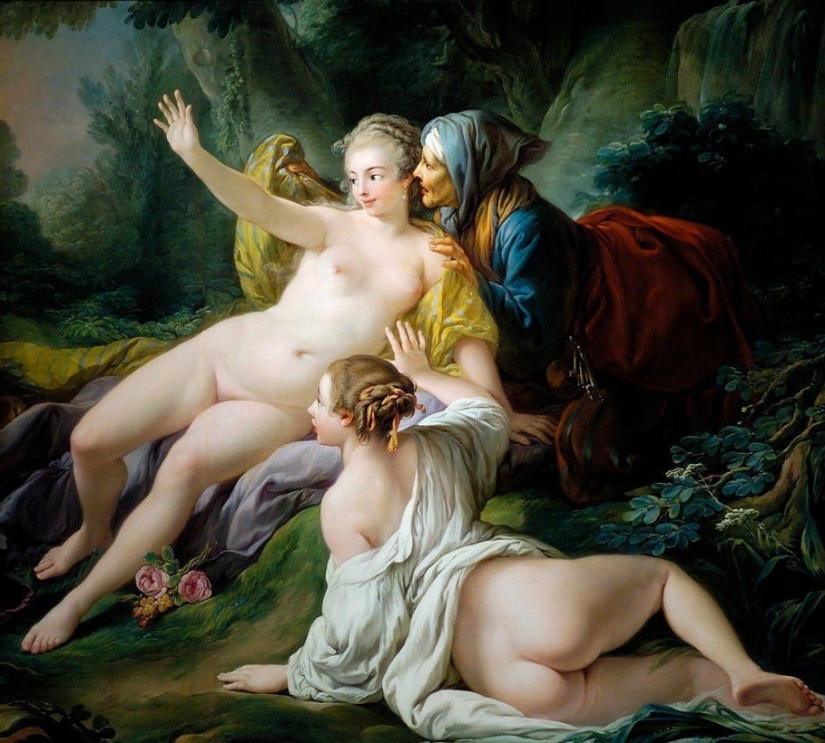
"The vertumnus and Pomona", 1740, Bush
Henry Misbah, a paint manufacturer, was in a hurry to make a batch of red pigment that was obtained from boiled insect cochinilla, alum, sulfate of iron and potash fertilizers.
There is something not asked, and when Misbah came in this morning workshop, he found blue instead of red substance deep shade. Misbah and alchemist Dippel, with whom he worked, quickly realized the commercial potential of this new pigment and began producing, selling painters at the Prussian court.
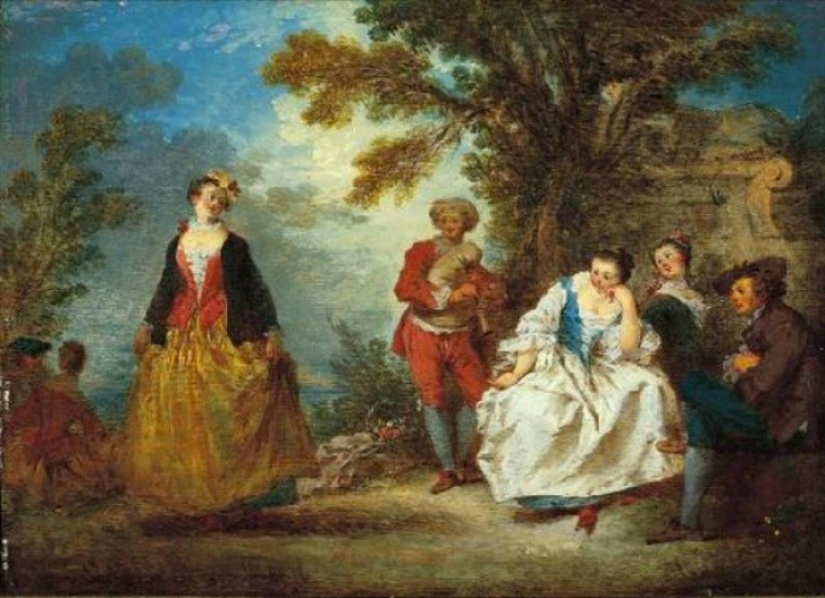
"Picnic", 1725, Bonaventure de Bar
Now artists are able to mix on their palette much wider range of colors. They experimented with color harmonies, creating the illusion of depth in the new shades.
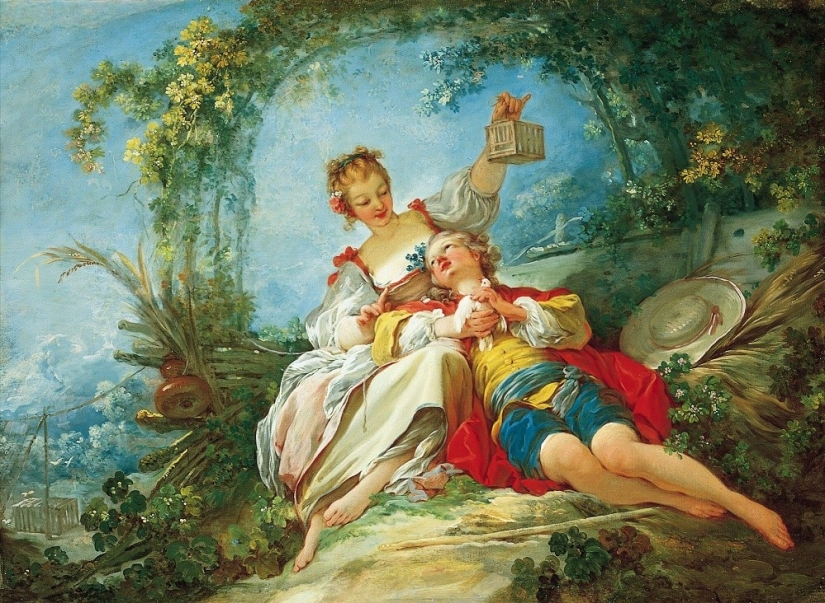
"Happy lovers", 1760-65, Fragonard
Prussian blue was created in the alchemical "laboratory" at the right time. It resonated spread of a Grand scientific revelation, and catalyzed a whole new direction in terms of feelings and perception of the world.
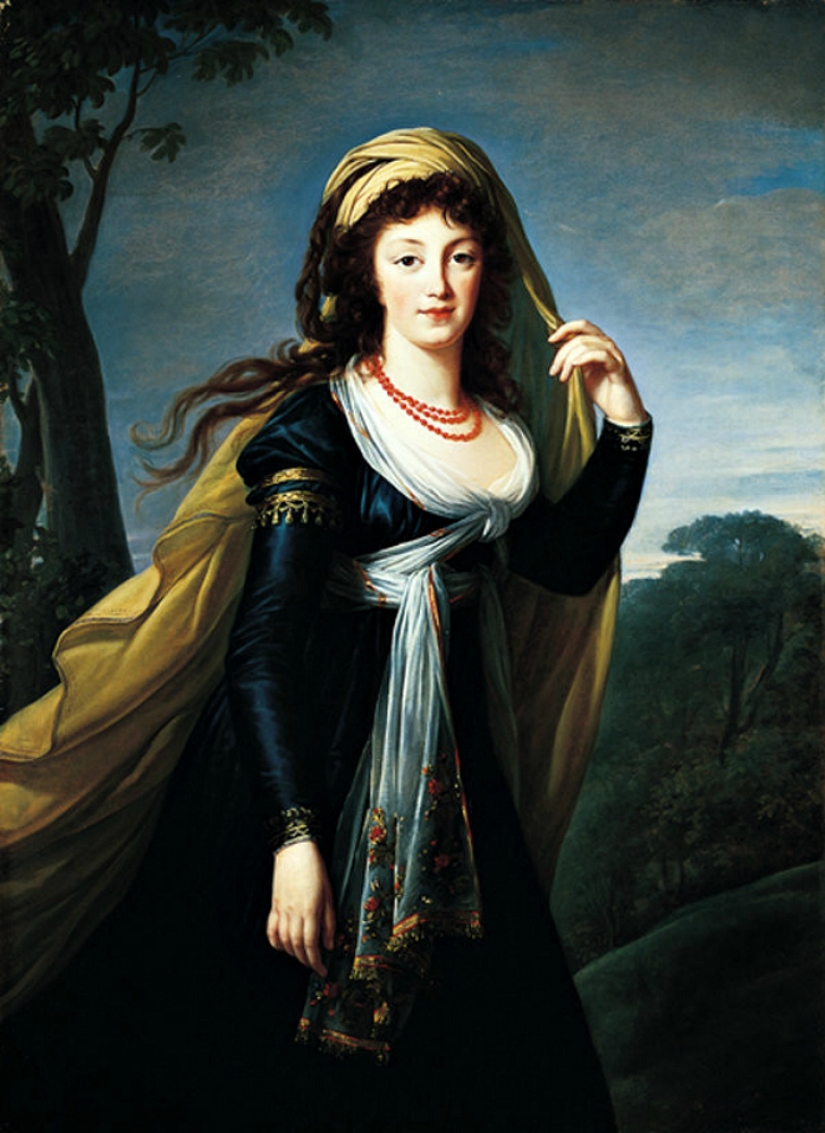
"Portrait of Countess Therese Kinsky", 1793, Marie Elizabeth Louise Vigee-Lebrun
Keywords: Art | Paint | Blue | Artists | Color
Post News ArticleRecent articles

Many are tormented by an unusual question: why are there so many grandmothers with purple or lilac hair around? Why do they paint ...

On December 18, this bright and recognizable Hollywood actor celebrates his 59th birthday. On Brad Pitt's birthday, we offer a ...
Related articles

Michael Sherwood and his son Kyle from Cleveland, United States — the owners of a specific family business. They belongs to a ...

The pictures of Christy Lee Rogers from Hawaii are distinguished by an unusual style: her works are surprisingly similar to the ...

Beautiful decoration of dishes is no less important than its taste. People first "eat" with their eyes, and only then try what is ...

Ah, Italy, a beautiful country with divine cuisine, rich history and beautiful landscapes. Here every tourist will find something ...